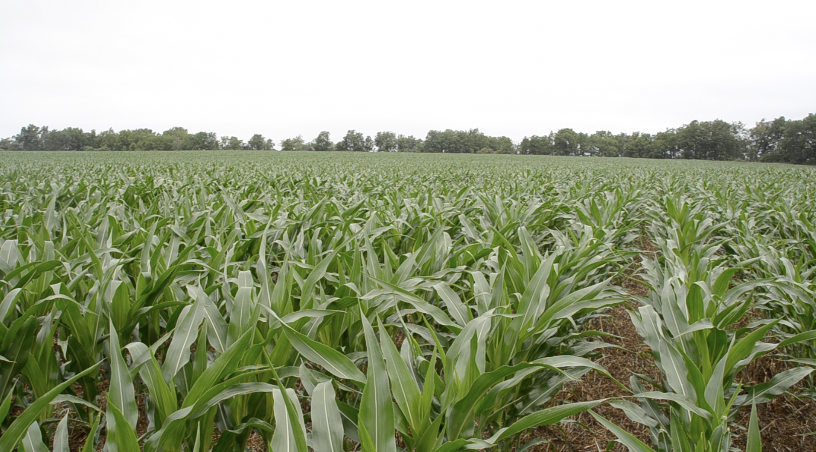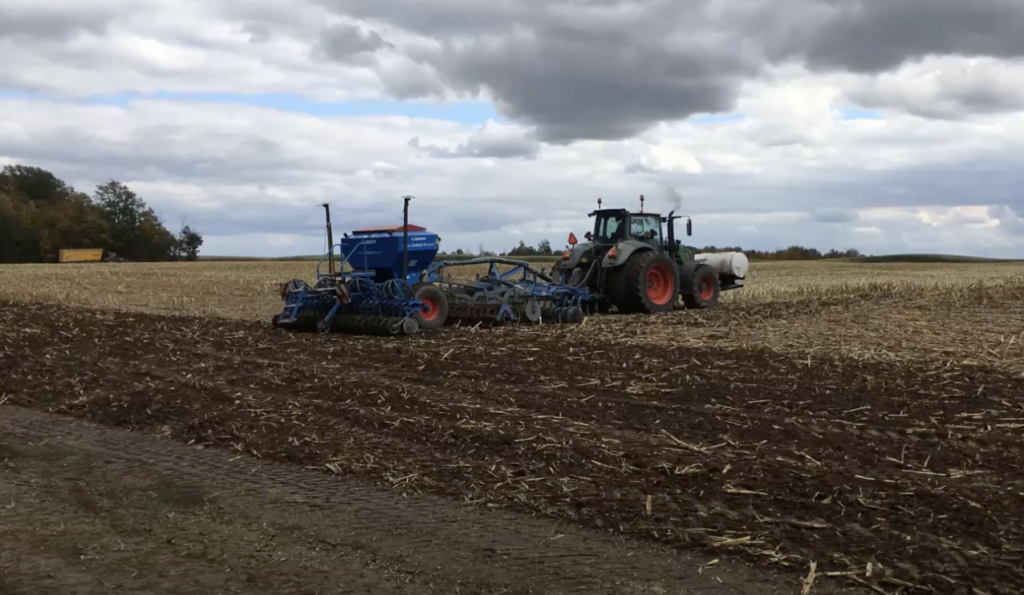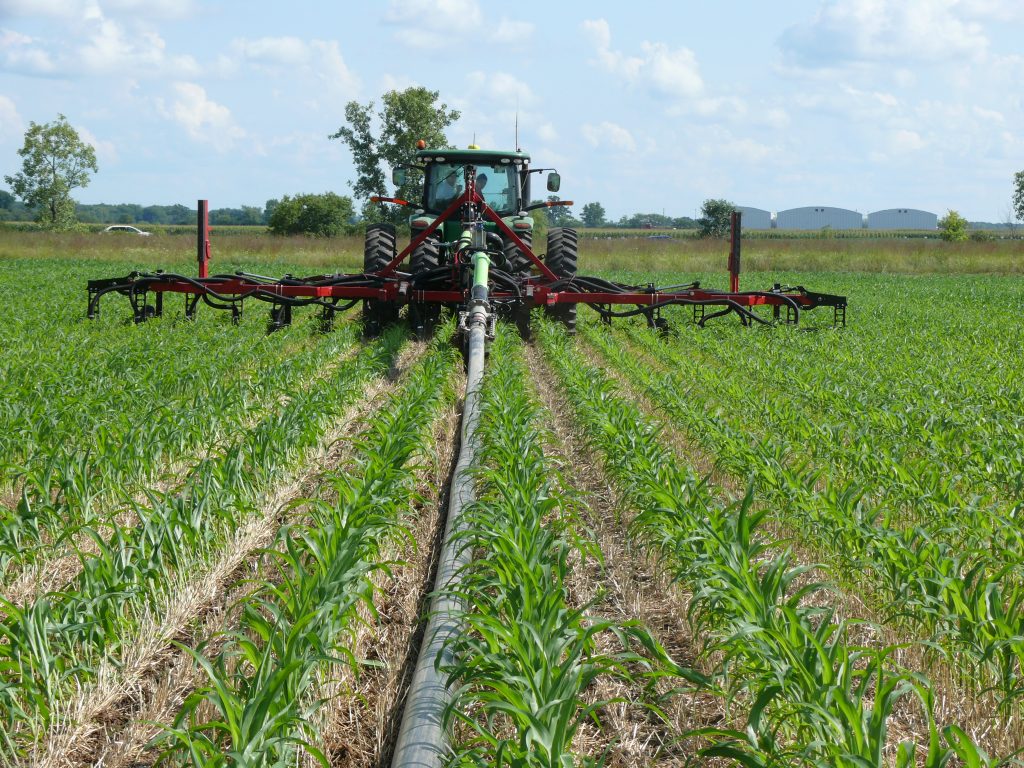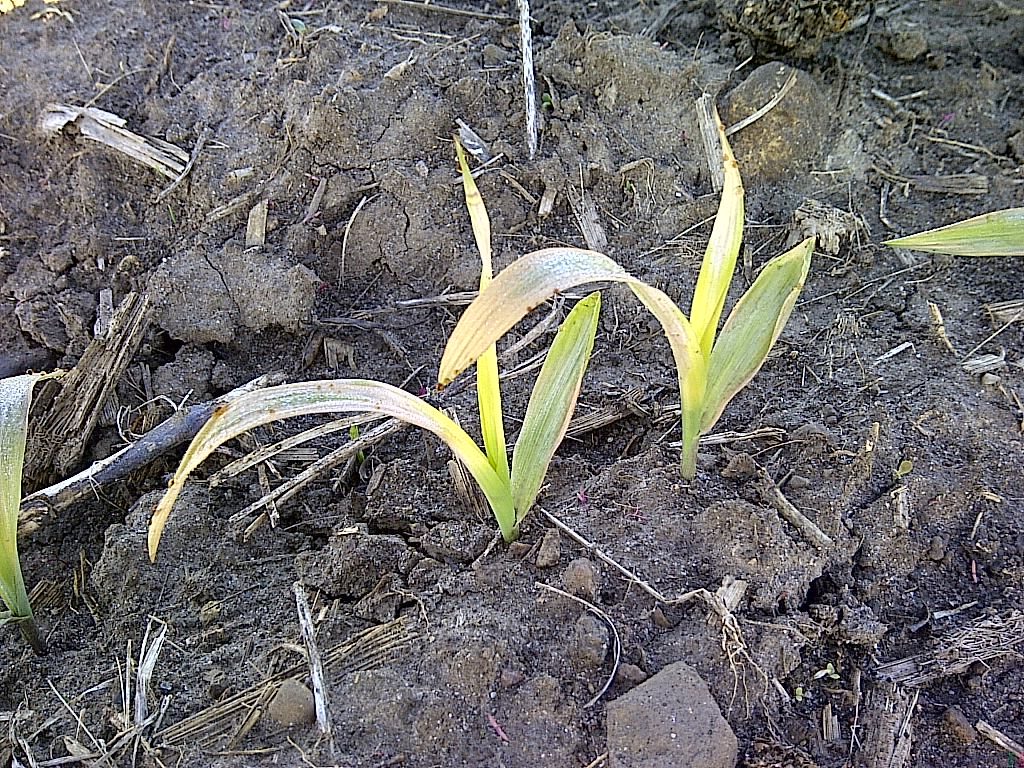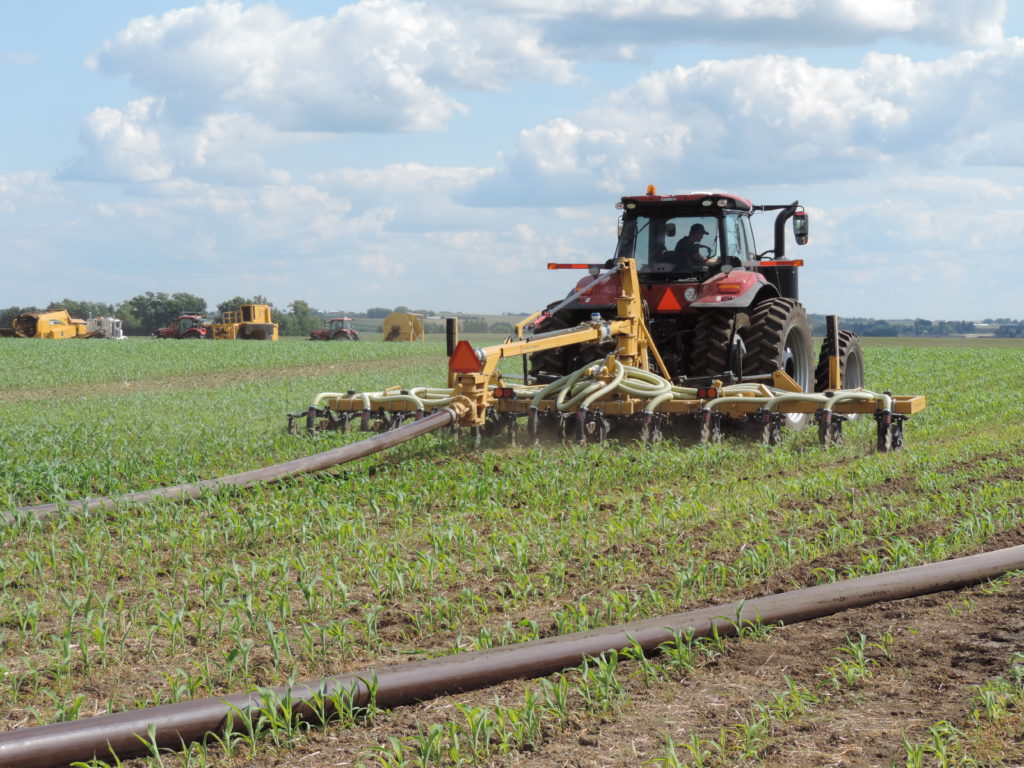Fall Cover Crop Termination vs. Planting Green on a Clay Soil in Haldimand County

If you are interested in learning more about planting green into a strip-till corn system, the video below outlines the experience that Matt Beischlag, a farmer based in Haldimand county, Ontario, had in the 2021 season. Matt and his family have a mixed farm of broiler chickens, corn, soybean and wheat cash crops, and red […]
